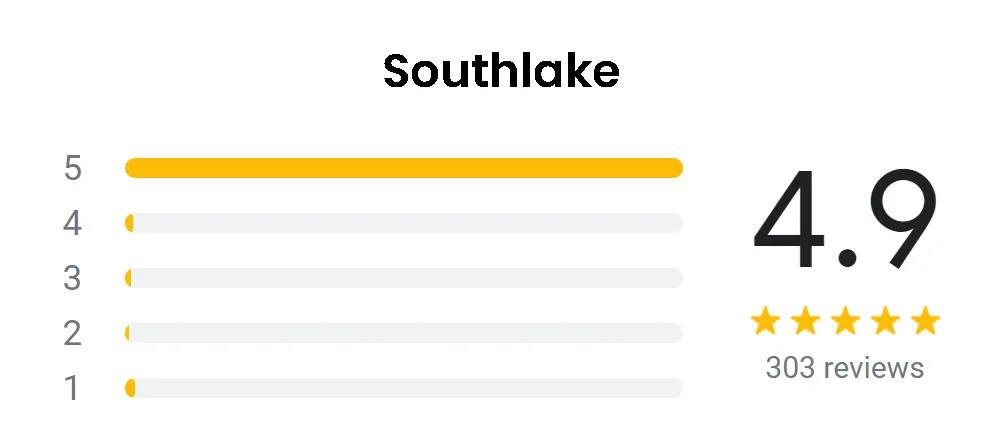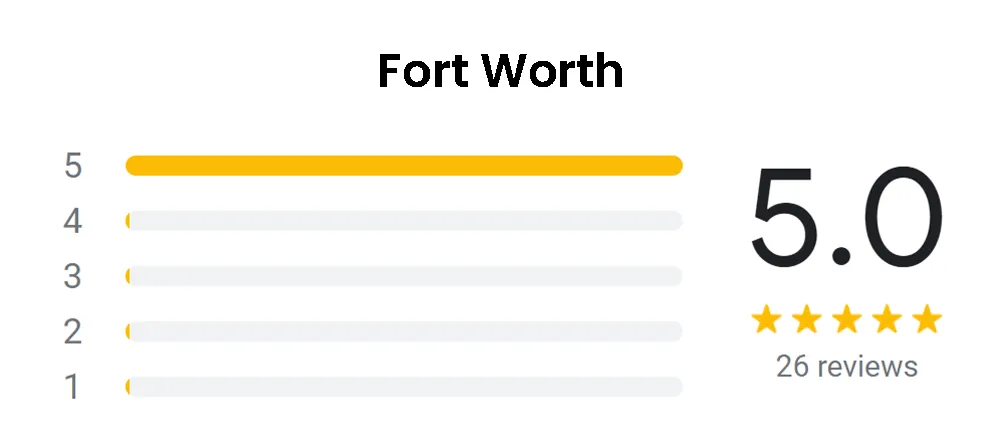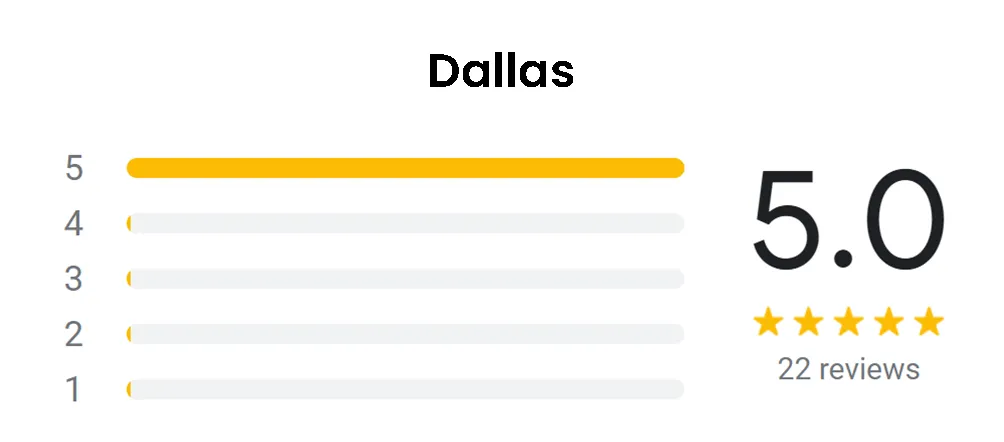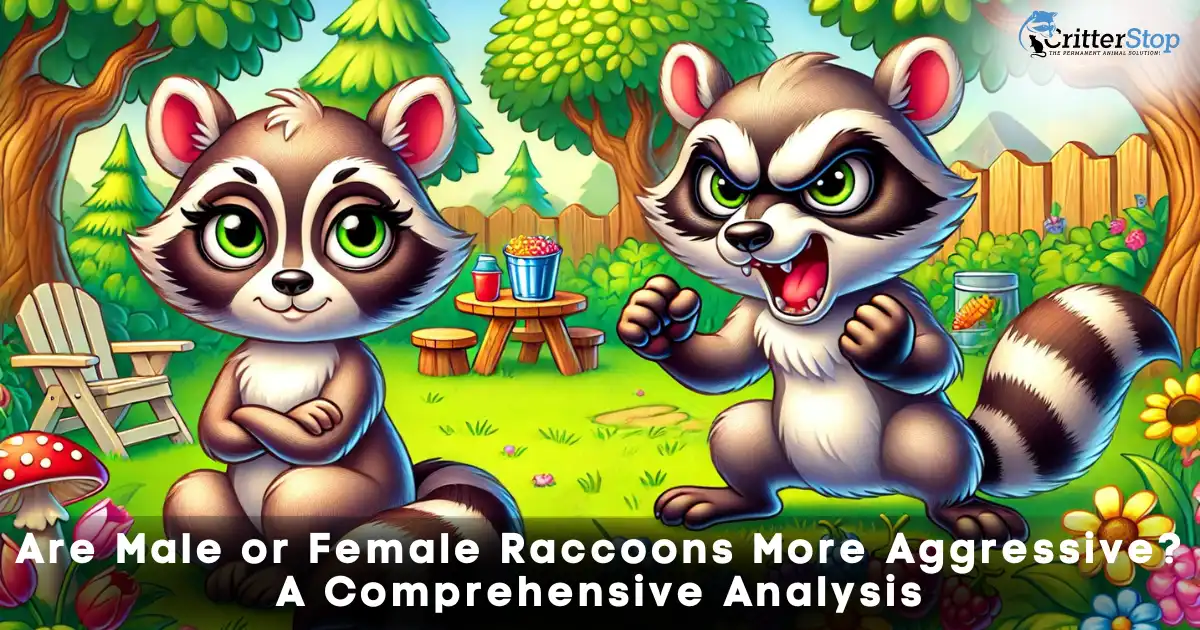
Raccoons, scientifically known as Procyon lotor, are fascinating creatures renowned for their adaptability and intelligence. However, understanding the behavioral differences between male and female raccoons, particularly regarding aggression, is essential for wildlife enthusiasts and those close to these adaptable mammals. In this article, we delve deep into the aggressive tendencies of male and female raccoons, providing a detailed analysis based on extensive research and observations to answer the question: why are raccoons so aggressive?
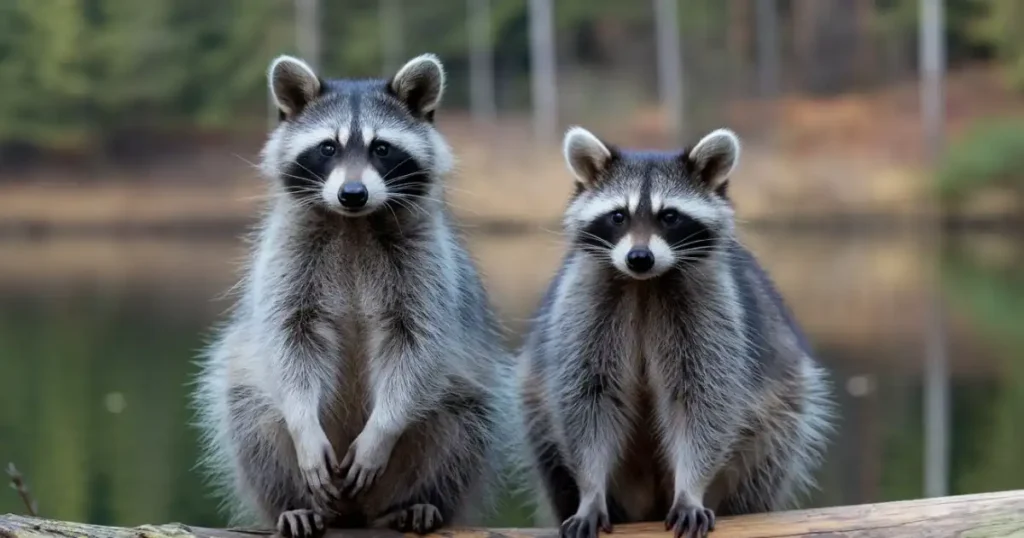
To comprehend raccoons' aggression levels, it is imperative to first understand their general behavior patterns. Raccoons are primarily nocturnal animals, active at night, influencing their interactions and social dynamics. Habitat, food availability, seasonal changes, and human interactions heavily influence their behavior.
Sexual Dimorphism and Aggression
Sexual dimorphism refers to the differences in size and appearance between males and females of the same species. In raccoons, males are generally larger and more robust compared to females. This size difference significantly affects their aggressive behaviors, particularly during the mating season.
Male Raccoon Aggression
Male raccoons, or boars, exhibit higher aggression levels than their female counterparts, especially during the breeding season. This period is marked by intense male competition to secure mates, leading to increased territorial disputes and confrontations. Males' larger size and strength give them an advantage in these aggressive encounters.
Beyond mating season, male raccoons are more likely to defend territorial. They patrol their territories vigorously to ward off rival males, ensuring access to resources and potential mates. This territorial aggression can sometimes spill over into conflicts with humans, particularly in urban areas where raccoons often come into contact with human dwellings.
Female Raccoon Aggression
Female raccoons, or sows, display a different pattern of aggression, primarily driven by the need to protect their young. Maternal aggression is a significant aspect of their behavior, especially during nursing and weaning. Sows are highly protective of their offspring and will exhibit aggressive behaviors towards perceived threats, including other raccoons and humans.
While female raccoons are generally less aggressive than males outside of the breeding and parenting contexts, they can still display assertive behaviors when defending their territory or resources. However, their overall aggression levels remain lower compared to males, making them less likely to engage in confrontations unless provoked.

The environment in which raccoons live plays a crucial role in shaping their aggressive behaviors. Urban environments, with abundant food sources and shelter, can lead to increased interactions between raccoons and humans. In such settings, both male and female raccoons may exhibit heightened aggression as they navigate the challenges of living near humans.
Human Interactions and Aggression
Human activities significantly influence raccoon aggression. Whether intentional or accidental, feeding raccoons can lead to dependency and increased boldness, often resulting in more aggressive encounters. Males, in particular, may become more territorial in urban settings, viewing human-provided food sources as extensions of their territory.
Moreover, habitat destruction and fragmentation force raccoons to live closer together, exacerbating territorial disputes and aggressive interactions. Understanding these dynamics is essential for mitigating aggressive behaviors and promoting harmonious coexistence between raccoons and humans.
Seasonal Variations in Aggression
Aggression levels in raccoons also fluctuate with the seasons. During the spring and summer, mating activities peak, leading to increased aggression among males. Conversely, as raccoons prepare for hibernation in the fall and winter, aggressive behaviors tend to decrease, with a greater focus on foraging and storing food.
These seasonal variations are crucial for managing raccoon populations and minimizing aggressive encounters. Awareness of these patterns allows for proactive urban planning and wildlife management measures to reduce potential conflicts.
Health and Aggression
The health of raccoons can influence their aggression levels. Ill or injured raccoons may exhibit unpredictable and heightened aggression as a defense mechanism. Diseases such as rabies can also alter normal behavior patterns, making raccoons more aggressive and a potential threat to humans and pets.
Regular monitoring and health assessments of raccoon populations are vital for early detection of diseases and effective management of aggression-related issues.
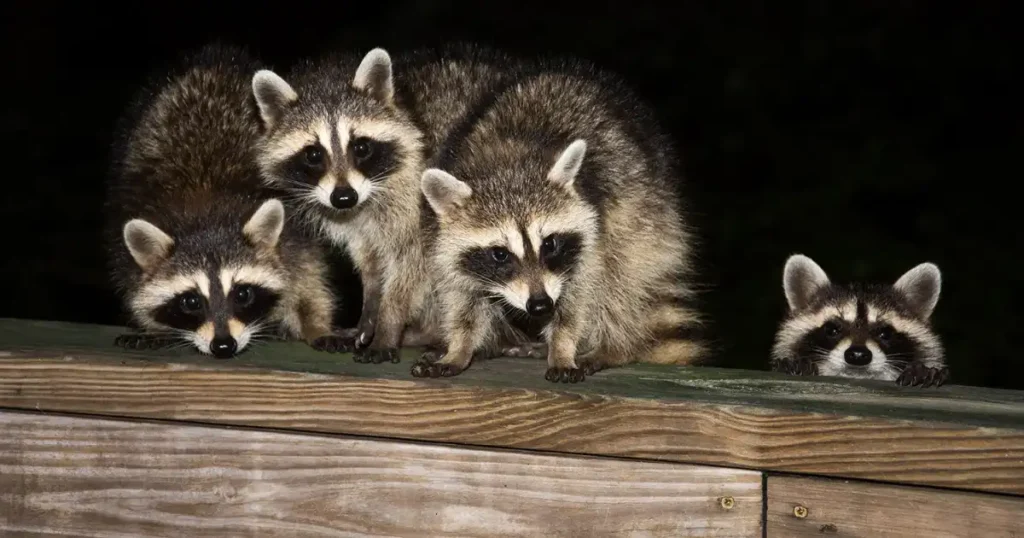
When compared to other mammals, raccoon aggression levels are moderate. Unlike more aggressive species such as bears or wolves, raccoons generally prefer to avoid confrontations. However, the specific circumstances of territorial disputes, mating competitions, and human interactions can significantly elevate their aggression levels.
Raccoon Aggression Across Different Regions
Raccoon aggression is not uniform across all geographic regions. Various environmental factors, including climate, habitat types, and human population density, influence raccoons' aggressive behaviors in different areas. Understanding these regional differences is crucial for developing localized management strategies.
North America
In North America, particularly in urban and suburban areas, raccoons often interact closely with humans. The abundance of food sources such as garbage, pet food, and bird feeders in these regions can increase boldness and aggressive interactions with humans. Male raccoons in these areas may exhibit heightened territorial behaviors to secure access to these food resources, leading to more frequent confrontations.
Europe
European raccoon populations, primarily introduced species, display varying aggression levels based on their adaptation to new environments. In regions where raccoons have established stable populations, aggression levels tend to stabilize as raccoons adapt to coexisting with local wildlife and humans. However, aggressive behaviors may be more pronounced in newly colonized areas as raccoons compete for limited resources and establish territories.
Asia
In parts of Asia where raccoons are native, their aggression is often influenced by dense forest habitats and limited human encroachment. Here, raccoons tend to be less aggressive towards humans due to the scarcity of direct interactions. However, in areas experiencing rapid urbanization, similar patterns of increased aggression seen in North American raccoons may emerge as raccoons adapt to new environments and food sources.
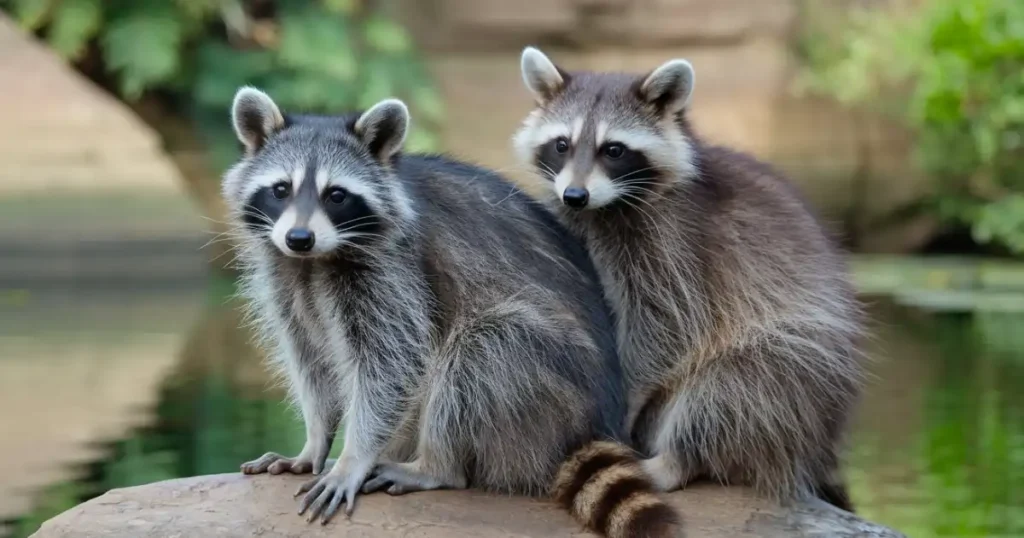
Raccoons interact with a variety of other wildlife species, and these interactions can influence their aggression levels. Understanding these dynamics helps in comprehending the broader ecological impact of raccoon behavior.
Predator-Prey Relationships
Raccoons are both predators and prey in their ecosystems. Their interactions with predators such as coyotes, owls, and large birds of prey can trigger defensive aggressive behaviors. When predators threaten, raccoons may display aggressive postures, including hissing, growling, and physical attacks to protect themselves.
Interspecific Competition
Raccoons often compete with other mammals for resources such as food and habitat. Competition can lead to increased aggressive encounters in areas where raccoons coexist with species like foxes, skunks, and opossums. Male raccoons, in particular, may engage in more frequent disputes to assert dominance and secure resources.
Intraspecific Competition
Competition among individuals for mates, territory, and food can escalate aggression levels within raccoon populations. Male raccoons are especially prone to fighting to establish dominance hierarchies, which can result in injuries and increased stress within the population.
Raccoon Aggression and Human Health
Aggressive raccoons pose potential risks to human health, making addressing and managing aggressive behaviors imperative.
Aggression in raccoons can be a symptom of diseases such as rabies. Rabid raccoons exhibit abnormal behaviors, including increased aggression, disorientation, and lack of fear towards humans. This poses significant health risks, as rabies is a fatal disease transmitted through bites or scratches. Monitoring raccoon populations for signs of rabies and implementing vaccination programs where necessary are critical measures for public health safety.
Parasites and Infections
Raccoons can carry various parasites and infections that may influence their behavior. For instance, toxoplasmosis, caused by the parasite Toxoplasma gondii, can alter raccoon behavior, potentially increasing aggression. Ensuring the health of raccoon populations through regular health assessments can mitigate the spread of such diseases and reduce aggressive incidents.
Raccoon Attacks on Pets and Livestock
Aggressive raccoons can threaten pets and livestock, leading to property damage and economic losses for farmers and pet owners. Understanding the triggers of raccoon aggression toward animals helps develop preventive measures such as secure fencing, supervised outdoor pet activities, and proper storage of livestock feed.
Addressing raccoon aggression involves navigating various legal and ethical considerations to ensure humane and effective management practices.
Wildlife Protection Laws
Raccoons are protected under various wildlife conservation laws that regulate their management and control. These laws often prohibit harmful methods of control, such as poisoning or unlicensed trapping, necessitating humane and legal strategies to mitigate aggression.
Ethical Wildlife Management
Balancing human safety with the ethical treatment of raccoons is essential. Wildlife management practices should prioritize non-lethal methods, such as habitat modification, exclusion techniques, and public education, to reduce aggressive encounters without causing undue harm to raccoon populations.
Permits and Regulations
In many regions, controlling raccoon populations, especially during aggressive outbreaks, requires specific permits and adherence to local regulations. Working with wildlife authorities and obtaining the necessary permissions ensures that management efforts comply with legal standards and contribute to sustainable wildlife practices.
Understanding the factors contributing to raccoon aggression is the first step in mitigating these behaviors. Effective strategies include:
Critter Stop offers professional humane wildlife removal services for those facing aggressive raccoon issues. With a fantastic reputation and numerous online customer reviews, Critter Stop ensures high-quality work and exceptional customer service. Their team of experts employs humane methods to safely remove raccoons, minimizing stress for both the animals and the homeowners.
If you are dealing with aggressive raccoons, don’t hesitate to call Critter Stop at (214) 234-2616 for reliable and effective raccoon removal solutions.
Understanding whether male or female raccoons are more aggressive involves a multifaceted analysis of their behavioral patterns, environmental influences, and interactions with humans and other wildlife. While male raccoons generally exhibit higher levels of aggression, particularly during mating seasons and territorial disputes, female raccoons display significant aggression in protecting their offspring. Regional differences, health factors, and seasonal variations further complicate the aggression dynamics in raccoon populations.
Effective management of raccoon aggression requires a combination of humane wildlife control measures, public education, and environmental management strategies. Addressing the underlying causes of aggression and implementing targeted interventions can reduce aggressive encounters and promote harmonious coexistence between raccoons and humans.
Critter Stop stands out as a trusted partner for those seeking professional assistance. Offering top-tier humane raccoon removal services.
Call Critter Stop today at (214) 234-2616 to confidently resolve your raccoon issues.
Visit our Critter Library and learn more about our furry friends
